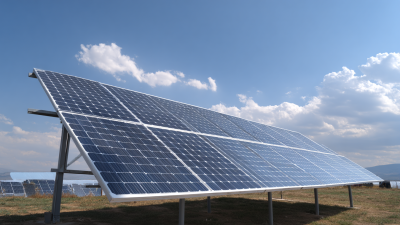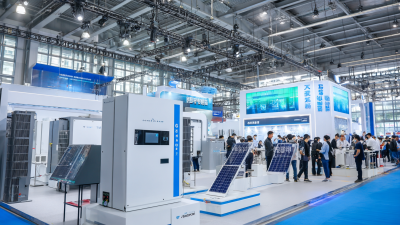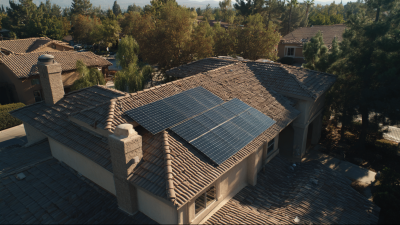ALL PRODUCTS
- Solar Panel
- Hybrid Inverter
- Lithium Battery
GSB SOLAR LITHIUM BATTERIES
- Gel Battery
- Solar Street Lights
- Pump Inverter
As the global shift towards renewable energy sources accelerates, solar power has emerged as a leading contender in the quest for sustainable energy solutions. A vital component of solar energy systems, the solar power inverter plays a crucial role in converting the direct current (DC) generated by solar panels into usable alternating current (AC) for homes and businesses. According to the International Energy Agency (IEA), the deployment of solar photovoltaic (PV) systems is expected to exceed 1,000 GW by 2023, highlighting the growing demand for efficient inverter solutions. Inverters not only influence the overall performance and energy yield of solar installations but also contribute to grid stability and energy management. With advancements in technology, integrating high-quality solar power inverters can significantly enhance energy efficiency, maximize returns on investment, and facilitate the transition to a low-carbon economy. This article explores the seven best solar power inverter solutions available, aimed at optimizing energy production and consumption.
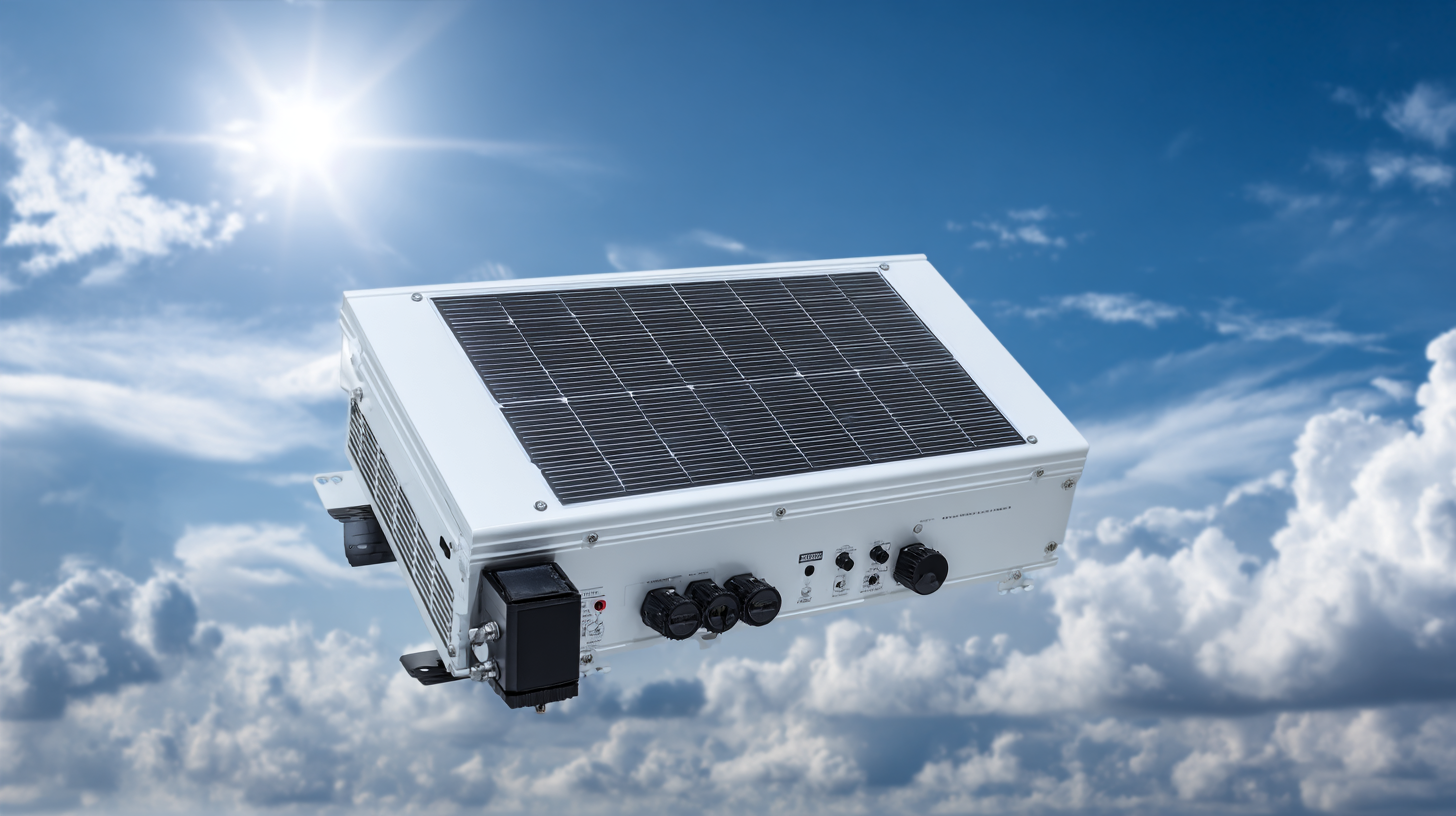
Solar power inverters play a critical role in harnessing the full potential of solar energy systems. They convert the direct current (DC) generated by solar panels into alternating current (AC), which is essential for powering homes and businesses. According to the U.S. Department of Energy, inverters can account for up to 15% of overall system losses, making their efficiency crucial for maximizing energy output. Advanced inverter technologies, such as string inverters and microinverters, enable better energy management and optimization, resulting in significant improvements in energy efficiency.
To maximize the efficiency of your solar power system, consider investing in high-efficiency inverters that specifically cater to your energy needs. It's crucial to choose inverters with high conversion efficiency ratings, ideally above 95%. Research shows that systems equipped with smart inverters can increase energy production by as much as 20% under varying environmental conditions.
Tips: Regular maintenance of your solar inverter can enhance its lifespan and efficiency. Monitor your inverter's performance to quickly identify any issues that may arise. Additionally, take advantage of software and apps that track energy production and consumption, helping you adjust usage patterns for maximum efficiency.
When considering solar power inverters, choosing the right type is crucial for maximizing energy efficiency. There are mainly three types of solar power inverters: string inverters, microinverters, and power optimizers. String inverters are the most widely used, especially for residential installations, due to their cost-effectiveness and simple design. According to a report by Wood Mackenzie, string inverters account for 67% of the global inverter market. They work well in situations where panels receive similar sunlight exposure.
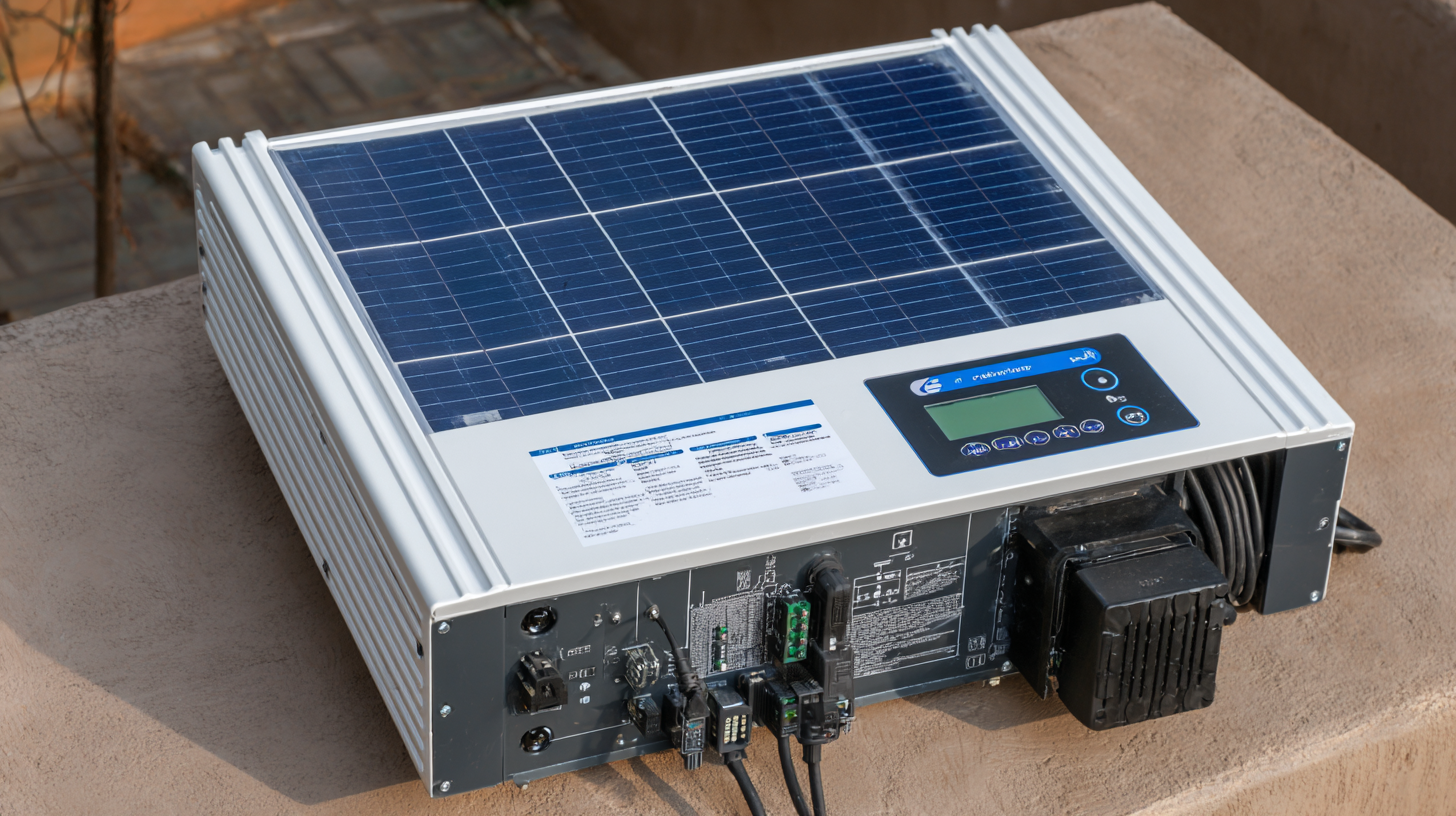
Microinverters, on the other hand, are ideal for installations where shading is a concern or if panels are oriented in different directions. By optimizing each panel individually, these inverters can enhance overall system performance by up to 20%. A recent study from NREL found that using microinverters can significantly reduce the impact of shading and mismatch losses, making them a wise investment for certain scenarios.
Tips: Before purchasing, assess your roof's layout and potential shading issues to determine which inverter type suits your needs best. Additionally, consider future expansions; some inverter models, especially microinverters, offer easier scalability. Always consult with a solar energy professional to ensure your choice aligns with your energy goals.
When selecting a solar power inverter, several key features should be prioritized to ensure maximum energy efficiency. First and foremost, the inverter's efficiency rating is crucial. High-performance solar inverters typically boast efficiency ratings of 95% or higher. This means that a greater percentage of solar energy is converted into usable electricity, which is essential for optimizing energy output and reducing overall costs.
Another important feature to consider is the inverter type. String inverters are common, but microinverters and power optimizers offer advantages in maximizing energy production, especially in installations with shading issues. Additionally, look for advanced monitoring capabilities that allow users to track system performance in real-time. This feature not only helps in identifying potential issues quickly but also aids in understanding energy consumption patterns, paving the way for greater energy efficiency and savings. These attributes collectively contribute to a more robust and effective solar energy system.
When choosing the best solar inverter for energy maximization, it's crucial to compare the leading brands in this space. Renowned manufacturers such as SMA, Enphase, and SolarEdge stand out for their reliability and cutting-edge technology.
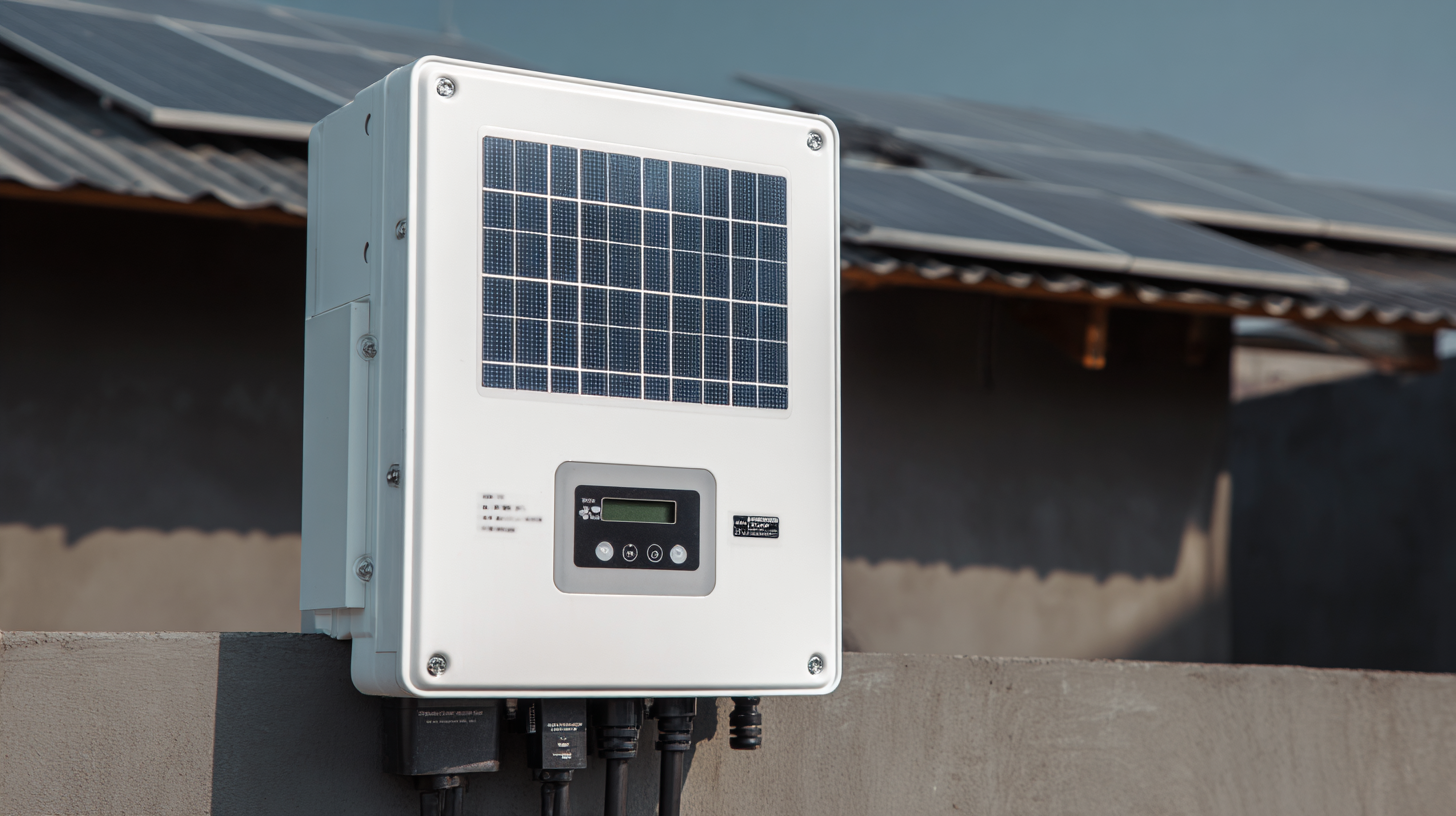 SMA inverters are well-regarded for their high efficiency and durability, making them suitable for both residential and commercial applications. Enphase, on the other hand, is known for its microinverters that allow for modular installation and greater energy harvest. SolarEdge's power optimizers work in tandem with their inverters to enhance energy capture from individual solar panels, boosting overall system performance.
SMA inverters are well-regarded for their high efficiency and durability, making them suitable for both residential and commercial applications. Enphase, on the other hand, is known for its microinverters that allow for modular installation and greater energy harvest. SolarEdge's power optimizers work in tandem with their inverters to enhance energy capture from individual solar panels, boosting overall system performance.
Tips for selecting the right solar inverter include assessing your specific energy needs and understanding the inverter's warranty and support options. Pay attention to the efficiency ratings, as a higher percentage can lead to more significant energy savings over time. Additionally, consider whether you want a string inverter or a microinverter; the latter can provide better performance in shaded conditions and is easier to expand as energy needs grow. Always ensure that the inverter you choose is compatible with your solar panel system for optimal energy maximization.
The future of solar inverter technology is poised for remarkable advancements aimed at enhancing energy efficiency. As the global shift towards renewable energy accelerates, manufacturers are investing in smart inverter solutions that integrate artificial intelligence and machine learning. These innovations allow inverters to optimize energy production by adjusting to real-time weather conditions and energy demands, substantially reducing waste and maximizing the harnessing of solar energy.
Additionally, the trend toward decentralized energy systems is reshaping the landscape of solar inverters. With the rise of microgrids and home energy storage systems, solar inverters are evolving to provide bidirectional power flow, enabling users to not only consume energy but also store and sell excess power back to the grid seamlessly. This flexibility not only enhances energy efficiency but also empowers consumers by giving them greater control over their energy usage and costs. As these technologies continue to mature, the role of solar inverters will become increasingly critical in the transition to a sustainable energy future.
| Inverter Type | Efficiency (%) | Power Output (kW) | Voltage Range (V) | Warranty (Years) | Smart Features |
|---|---|---|---|---|---|
| String Inverter | 98.0 | 5.0 | 100-600 | 10 | Yes |
| Microinverter | 96.5 | 1.2 | 22-60 | 25 | Yes |
| Hybrid Inverter | 97.5 | 6.0 | 48-600 | 10 | Yes |
| Central Inverter | 98.5 | 100 | 300-1000 | 5 | No |
| Battery Inverter | 95.0 | 3.5 | 48-120 | 10 | Yes |
| Smart String Inverter | 99.0 | 4.0 | 200-800 | 15 | Yes |
| Grid Tie Inverter | 97.0 | 5.5 | 100-750 | 8 | No |


